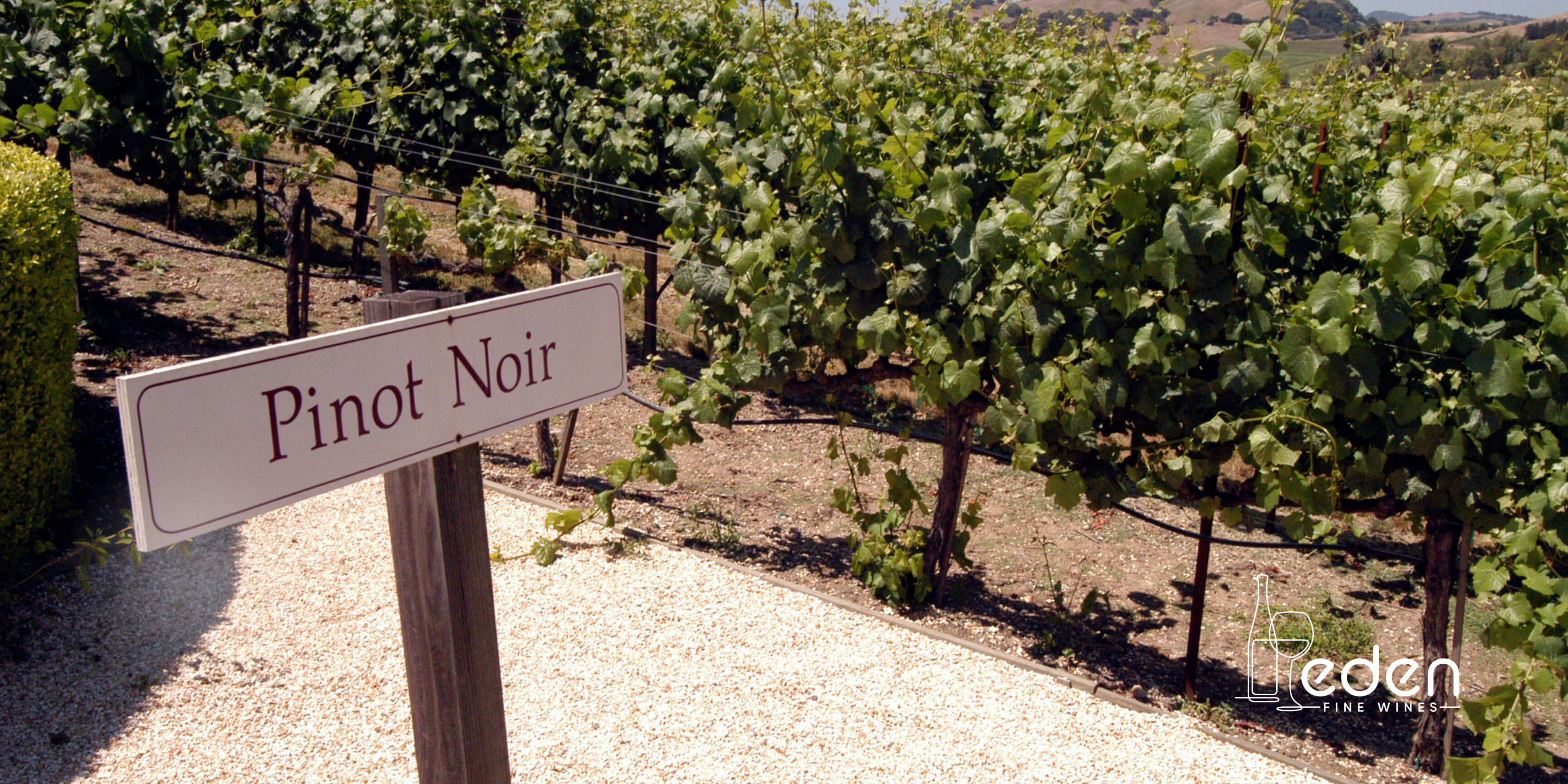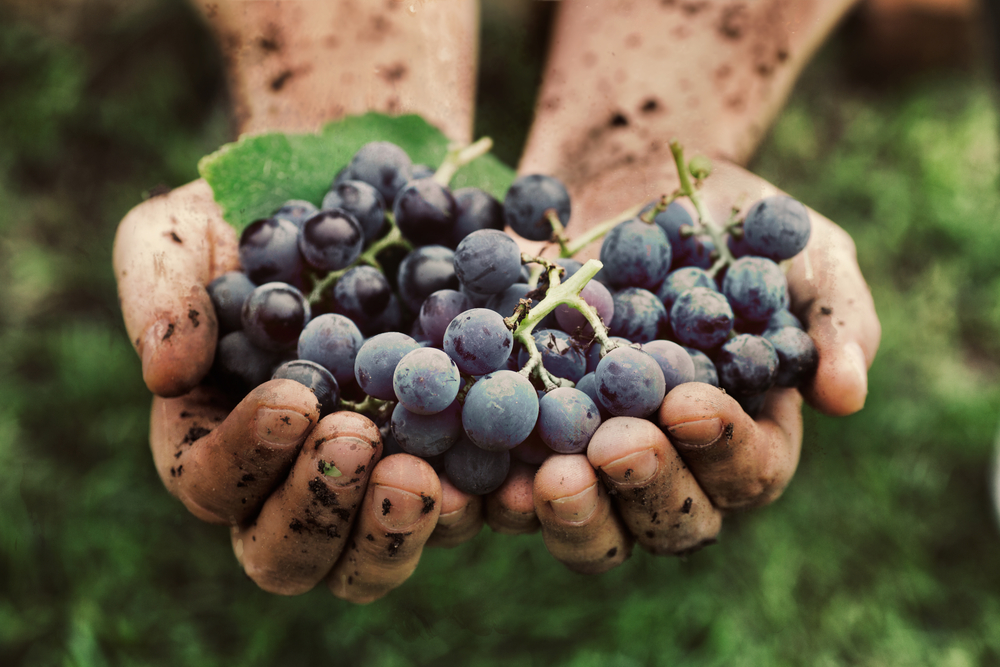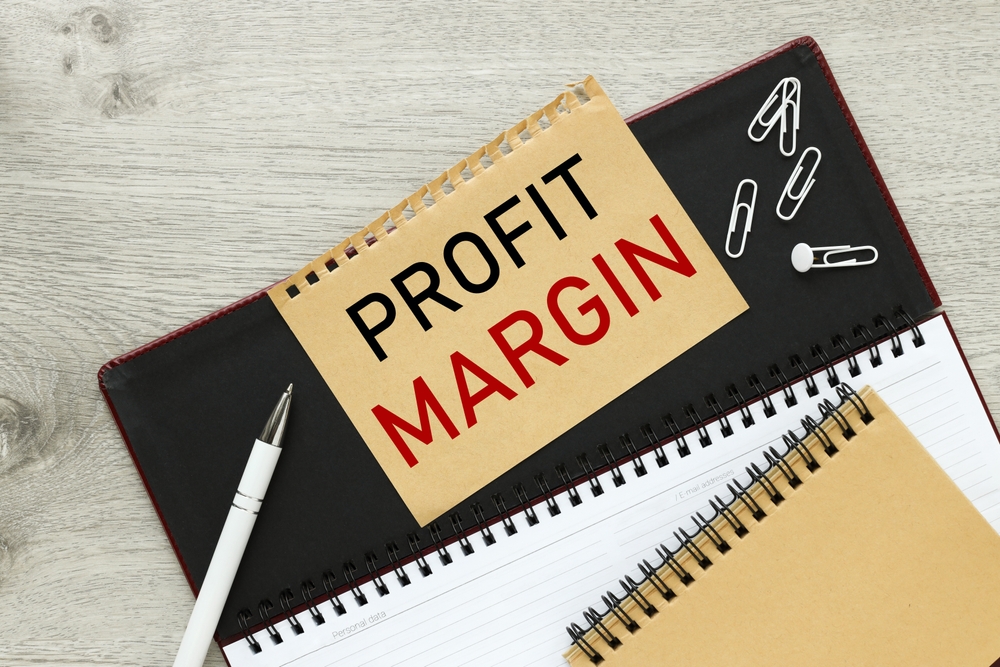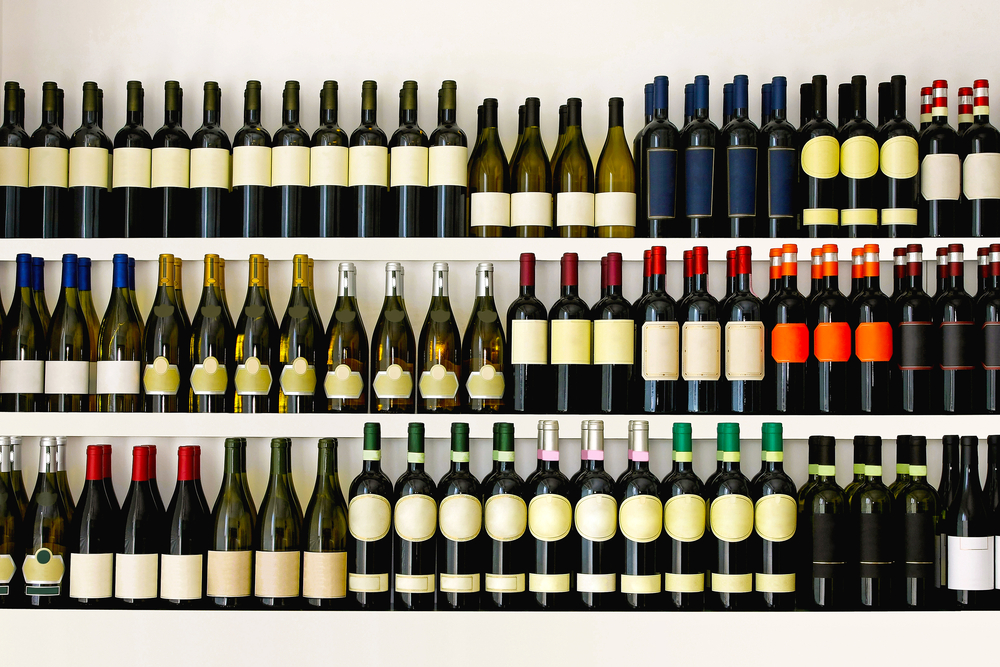It’s undeniable, as a nation the UK is Prosecco mad, and it looks as though it’s a bubble that is far from bursting. In fact, 35.8 million gallons of Prosecco were sold in the UK alone in 2017, and in 2021 approximately 122.2 million bottles of Prosecco DOC were exported to the UK, accounting for 24.5% of all Prosecco DOC exports globally. You can find it in almost every pub or restaurant, and some establishments literally have it on tap, so what actually is Prosecco and why has it become the new front runner?
Prosecco is produced largely in the area of Italy spanning nine provinces in the Veneto and Friuli Venezia Giulia regions, and it is named after the village of Prosecco in the province of Trieste. It is made primarily from the Prosecco grape but denomination rules permit up to 15% of the wine to be made up of other varieties. It is almost always sparkling or semi-sparkling (however there are a few variations of still wine). Prosecco DOC (denominazione di origine controllata) is Italy’s largest appellation and is essentially an official certificate of quality control. Prosecco DOCG (denominazione di origine controllata e garantita) is another label that can only be found on produce made in the hillside towns of Conegliano and Valdobbiadene and it is generally considered a superior classification to DOC.
One of the most commonly asked questions referring to Prosecco is ‘how is it different from Champagne?’ and the answer is not only down to where it’s produced, but also how.
It is usually produced using the Charmat-Martinotti method, also known as the ‘tank method’. This is where secondary fermentation takes place in large stainless steel tanks rather than in each individual bottle, unlike Champagne, meaning that production is cheaper. Minimum production time is 30 days, but more expensive Prosecco will be fermented for longer (up to around nine months).
There are plenty of factors that contribute to Prosecco’s continually growing popularity. One is the price point; cheaper production means that it’s cheaper to buy, and so you can still have the luxurious aesthetic for a fraction of the price of Champagne (I’ll cheers to that). On the whole, due to the different production method and the different grape, Prosecco tends to taste slightly sweeter than Champagne as well, with notes of melon, pear, honeysuckle and green apple, so it’s a real palate pleaser for lots of people and it’s very easy to drink. There are four main categories within Prosecco. Extra dry is the most common style and has around 12-17 grams per litre of residual sugar. Brut is the driest style of Prosecco and is becoming more and more popular, and then dry and demi-sec are the sweeter styles and have up to 50 grams of residual sugar per litre. It's also incredibly versatile, partially thanks to how well it pairs with food. It works perfectly during a meal as well as an aperitivo beforehand - a trait that is hard to find. Whilst it’s light and fresh flavours make it the perfect accompaniment to summer dishes such as salads and charcuterie, the additional sugars in the extra dry styles of Prosecco mean that they work well with chilli in curries and other asian dishes. Is there nothing you can’t do, Prosecco?
Finally, Prosecco is widely considered to have various health benefits. Yes, that’s right. It might actually do you good (!) It contains fewer calories than a lot of alcoholic drinks; between 80-120 per glass on average, compared to a vodka lime soda for example which contains around 106, so it’s a great choice if you’re trying to watch your waistline. According to a study by the University of Reading, drinking Prosecco can also increase blood flow which decreases blood pressure and the possibility of clots forming.
So, to summarise then, it’s affordable, it's low calorie, it’s potentially good for you (loosely… but we’ll take it) and it works well with lots of different food. Willie Gluckstern famously said “"In a perfect world, everyone would have a glass of Champagne every evening" but we reckon that there’s a hot new contender in town, and it would seem that Prosecco, really, is always a good idea.
 Trade Login
Trade Login













